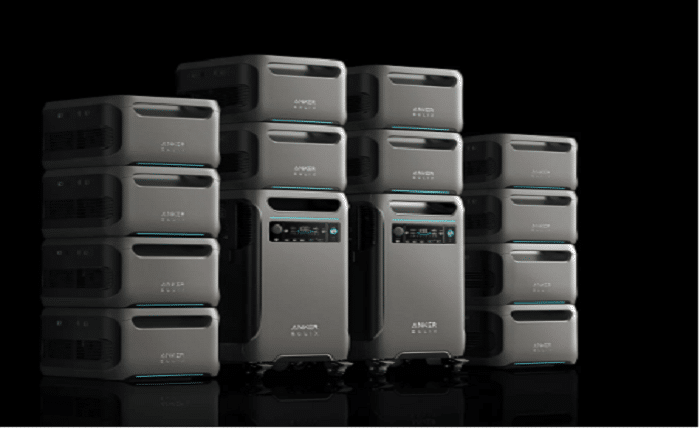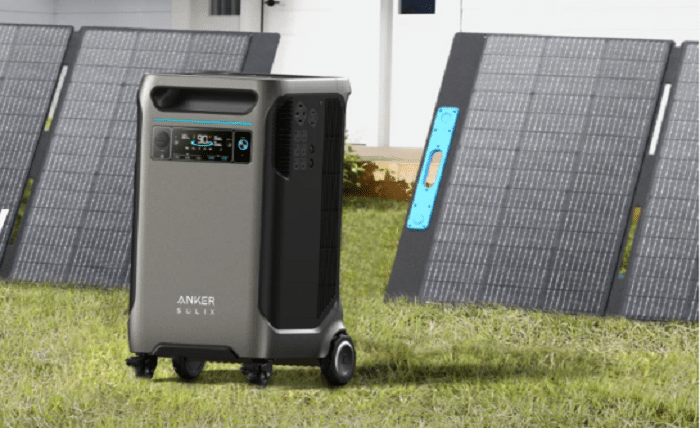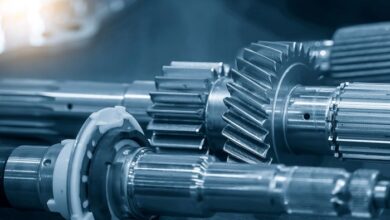Explore the Technology Behind Solar Generators

Solar generators have become a popular and reliable source of clean energy for a variety of uses. Understanding the technology behind these innovative devices can help you appreciate their benefits and make informed decisions when choosing one for your needs. This article explores the key components and technologies that make solar generators an efficient and sustainable power solution.
The Main Technologies for Solar Generators
Understanding the technology behind solar generators allows you to maximize their potential, appreciate their efficiency, and make well-informed purchasing decisions. Here are the main technological aspects to explore.
Solar Panels
Solar panels are the heart of any solar generator system. These panels are composed of photovoltaic (PV) cells that convert sunlight into direct current (DC) electricity. The most common types of solar panels are monocrystalline, polycrystalline, and thin-film, each featuring its own advantages for various applications. The efficiency of solar panels depends on their ability to capture and convert sunlight, making their quality and placement crucial for optimal performance.
Charge Controller
The charge controller is a vital component that regulates the flow of electricity from the solar panels to the battery. It’s designed to avoid overcharging and deep discharging of the battery, ensuring its longevity and optimal performance. There are two main types of charge controllers: Pulse Width Modulation (PWM) and Maximum Power Point Tracking (MPPT). Understanding the role of the charge controller helps in selecting a solar generator that maintains battery health and efficiency.
Battery Storage
Battery storage is essential for storing the electricity generated by the solar panels for later use. The most commonly used batteries in solar generators are lithium-ion and lead-acid batteries. The capacity of the battery determines how much energy can be stored and delivered to your devices. Proper battery management is crucial for ensuring a consistent power supply and extending the life of the battery.
Inverter
The inverter is responsible for converting the DC electricity stored in the battery into alternating current electricity, which is used by most household appliances and electronic devices. Choosing the right inverter from pure sine wave and modified sine wave inverters ensures that your solar generator can efficiently power a wide range of devices.
Efficiency and Energy Management
Efficiency and energy management are critical aspects of solar generator technology. The efficiency of the entire system depends on the combined performance of the solar panels, charge controller, battery, and inverter. Advanced solar generators come with integrated energy management systems that monitor and optimize power usage, ensuring that every component operates at its best. These systems often include real-time monitoring through displays or mobile apps, allowing users to track energy production, consumption, and battery status.
Durability and Weather Resistance
Durability and weather resistance are important considerations, especially for outdoor use of solar generators. The technology behind solar panels and their components is designed to withstand various environmental conditions, such as rain, snow, and extreme temperatures. High-quality solar generators are built with durable materials that protect against the elements, ensuring long-term performance and reliability.
Smart Features and Connectivity
Modern solar generators are equipped with smart features and connectivity options that enhance their functionality and user experience. These features may include Bluetooth or Wi-Fi connectivity, allowing users to monitor and control their solar generator remotely via a smartphone app. Smart features also include automatic energy optimization, real-time alerts, and integration with other smart home devices.
Conclusion
Exploring the technology behind solar generators reveals the intricate components and advanced systems that make them efficient and sustainable power solutions. From the photovoltaic cells in the solar panels to the smart features, each element plays a crucial role in ensuring reliable performance. By understanding these technologies, you can make informed decisions when selecting a solar generator, ensuring it meets your energy needs and provides a reliable source of clean power.






